In European Union member states, there exists a standard set of minimum landing sizes (MLS) for all major species of finfish and shellfish. These MLS are set under EU Council Regulation 850/98.
| Species | Image | MLS [1] | MLS Skagerrak/Kattegat |
|---|---|---|---|
|  | 350 mm | 300 mm |
| 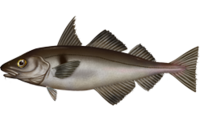 | 300 mm | 270 mm |
| 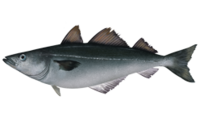 | 350 mm | 300 mm |
|  | 300 mm | – |
|  | 270 mm | 300 mm |
|  | 200 mm | 250 mm |
|  | 240 mm | 240 mm |
| 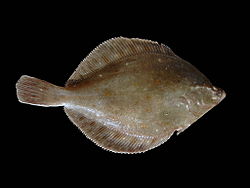 | 270 mm | 270 mm |
|  | 270 mm | 230 mm |
|  | 630 mm | – |
| 700 mm | – | |
|  | 420 mm | – |
|  | 85 mm [2] | 130 (40) mm [3] |
|  | 200 mm (300 mm in North Sea) | 200 mm |
|  | 200 mm | 180 mm |
|  | 150 mm | 150 mm |
|  | 110 mm | – |
|  | 87 mm [4] | 220 mm (78 mm) |
|  | Male: 130 mm Female: 120 mm | – |
|  | 40 mm | – |
|  | 40 mm | – |
| 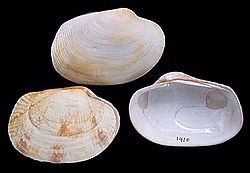 | 38 mm | – |
|  | 35 mm | – |
|  | 40 mm | – |
|  | 60 mm | – |
|  | 100 mm | – |
|  | 25 mm | – |
|  | 25 mm | – |
|  | 65 mm | – |
|  | 45 mm | – |
| 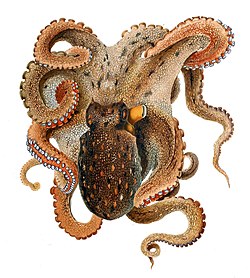 | 750 grams | – |
|  | 1250 mm or 25 kg lower mandible | – |
|  | 700 mm or 6.4 kg | – |
|  | 95 mm | – |
|  | 22 mm [4] | – |

